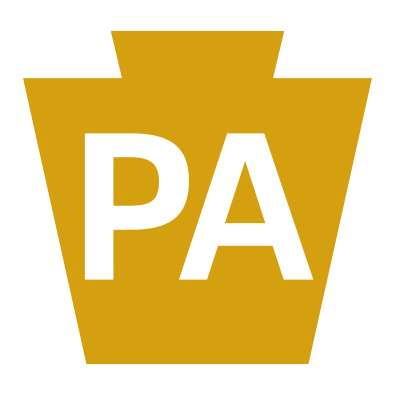| Job Code | Pay Scale Group | Pay Scale Type | Bargaining Unit | Civil Service or Non-Civil Service | Last Executive Board Change | Executive Board Change History |
|---|---|---|---|---|---|---|
| 71770 | 08 | ST | B3 | C | 656-10 | 12/23/2005 |
12/23/2005 71770
AIRCRAFT OPERATIONS AND SAFETY SPECIALIST
DEFINITION: This is professional work in the development and evaluation of a statewide aerial operations and safety program within the Department of Conservation and Natural Resources’ Bureau of Forestry.
The employee in this job is responsible for developing, implementing, and evaluating policies and procedures for the utilization of aircraft and the development of standards for the safe operation of aircraft used for forest fire detection and suppression, pest management and suppression, silviculture, wildlife surveys, and other bureau programs involving the use of fixed and rotary wing aircraft on a statewide basis. Work involves providing oversight for the bureau’s aerial activities; developing and recommending policies and procedures for the utilization of aircraft; developing and implementing pilot and aircraft safety standards; researching the availability of take off and landing areas; developing and administering contracts for aerial services; providing training to field staff and contractors on the safe operation of aircraft used for insect and disease spraying, fire fighting, timber harvesting, and aerial survey; evaluating program effectiveness; operating aircraft to observe contractor activities; representing the bureau at meetings and conferences to provide information on aviation operations; and advising bureau staff on the advantages and limitations of aircraft. Work is assigned in the form of general program goals and objectives and the employee exercises independent judgment in determining specific goals and objectives. Work is reviewed through conferences for the attainment of program goals and objectives.
EXAMPLES OF WORK: Develops policies and procedures for aircraft utilization.
Develops safety standards for contracted aircraft and pilots.
Reviews and inspects pilot and aircraft documentation for compliance with contract specifications and Federal Aviation Administration regulations.
Administers contracts for aerial services.
Performs inspections of aircraft operations for conformance with contract specifications and safety standards.
Trains staff in the appropriate and safe utilization of aircraft.
Trains pilots in bureau policies, procedures, and techniques for aerial operations.
Observes contactor activities to ensure compliance with safety polices and procedures.
Researches and develops operational procedures and techniques for the effective and efficient applications of fire retardant, pesticides, and herbicides.
Represents the Bureau of Forestry in actions resulting from mishaps or unsafe acts.
Recommends resolutions to issues resulting from aerial operations and serves as liaison between the Bureau of Forestry, the Federal Aviation Administration, the U.S. Forest Service and the Office of Homeland Security.
Performs other related duties.
REQUIRED KNOWLEDGES, SKILLS AND ABILITIES: Knowledge of the capabilities of fixed and rotary wing aircraft.
Knowledge of Federal Aviation Administration rules and regulations pertaining to aircraft safety and pilot qualifications and licensure.
Knowledge of aircraft radio operations.
Ability to learn the techniques used in the aerial application of fire retardant, pesticide and herbicide.
Ability to operate aircraft.
Ability to read, interpret, and apply Federal and state rules, regulations, policies, and procedures pertaining to the operation of aircraft.
Ability to train Bureau staff in the safe and appropriate operation of aircraft.
Ability to train contractors on Bureau policies, procedures, and application techniques.
Ability to establish and maintain effective working relationships.
Ability to communicate effectively.
MINIMUM EXPERIENCE AND TRAINING: Six years of aircraft operations experience which included 1000 hours of logged flight time, 500 hours of which were as pilot in command and 100 hours of which were under actual or simulated instrument conditions.
NECESSARY SPECIAL REQUIREMENT: Possession of a valid Federal Aviation Administration Commercial Pilot’s license with either a single engine and/or or rotary wing rating.

